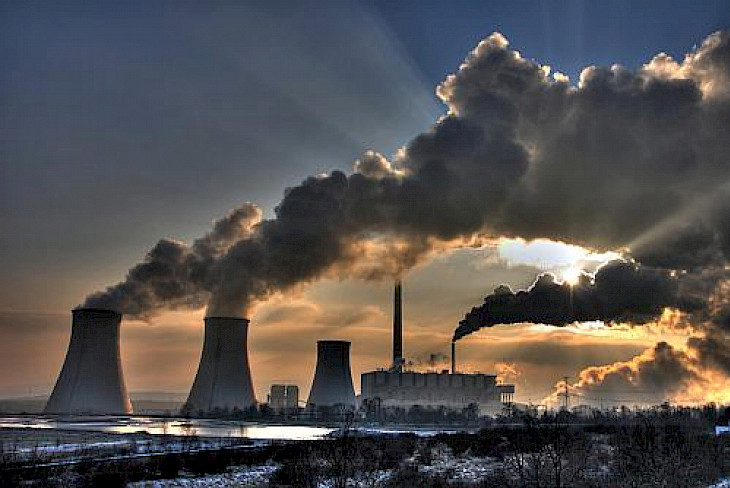Kazakhstan recorded the highest rate of carbon dioxide emissions among the countries of the Eurasian region, follows from a report by analysts from the Eurasian Development Bank (EDB) who studied data for 2021. The list is closed by Tajikistan, reports Ferghana.ru.
Experts studied the environmental situation in the countries of the Eurasian Economic Union, as well as in the republics of the former USSR that are not members of the organization - Uzbekistan and Tajikistan.
In general, the anti-rating in terms of carbon dioxide emissions looks like this:
⚠️ Kazakhstan — 14.4 tons per person per year;
⚠️ Russia — 12.1;
⚠️ Belarus — 6.2;
⚠️ Uzbekistan — 3.6;
⚠️ Armenia — 2.4;
⚠️ Kyrgyzstan — 1.4;
⚠️ Tajikistan - 1.1.
As analysts emphasize, the relatively low figures recorded in Kyrgyzstan and Tajikistan are dictated by the high share of hydroelectric power plants in the energy sector of these countries.
On average, the volume of carbon dioxide emissions in the Eurasian region was 9.9 tons per person, which is almost twice the global average of 4.7.
The countries of the EAEU and Central Asia are striving to develop "green" energy, use environmentally friendly technologies, however, according to experts, this process requires serious capital investments.
"According to some estimates, the cost of achieving carbon neutrality (reducing emissions of carbon dioxide and its analogues in the process of production activities - approx. "Fergana") ranges from $10 billion to $6.5 trillion in individual countries of the region," the EDB report says.
It is emphasized that international development banks actively contribute to the transition to "green" energy. Thus, in 2021, the volume of climate finance from them reached $81.7 billion, more than half of which was received by low- and middle-income countries. However, for example, the states of Central Asia accounted for only 4% of this volume, the authors of the report state.
CentralasianLIGHT.org
May 15, 2023

